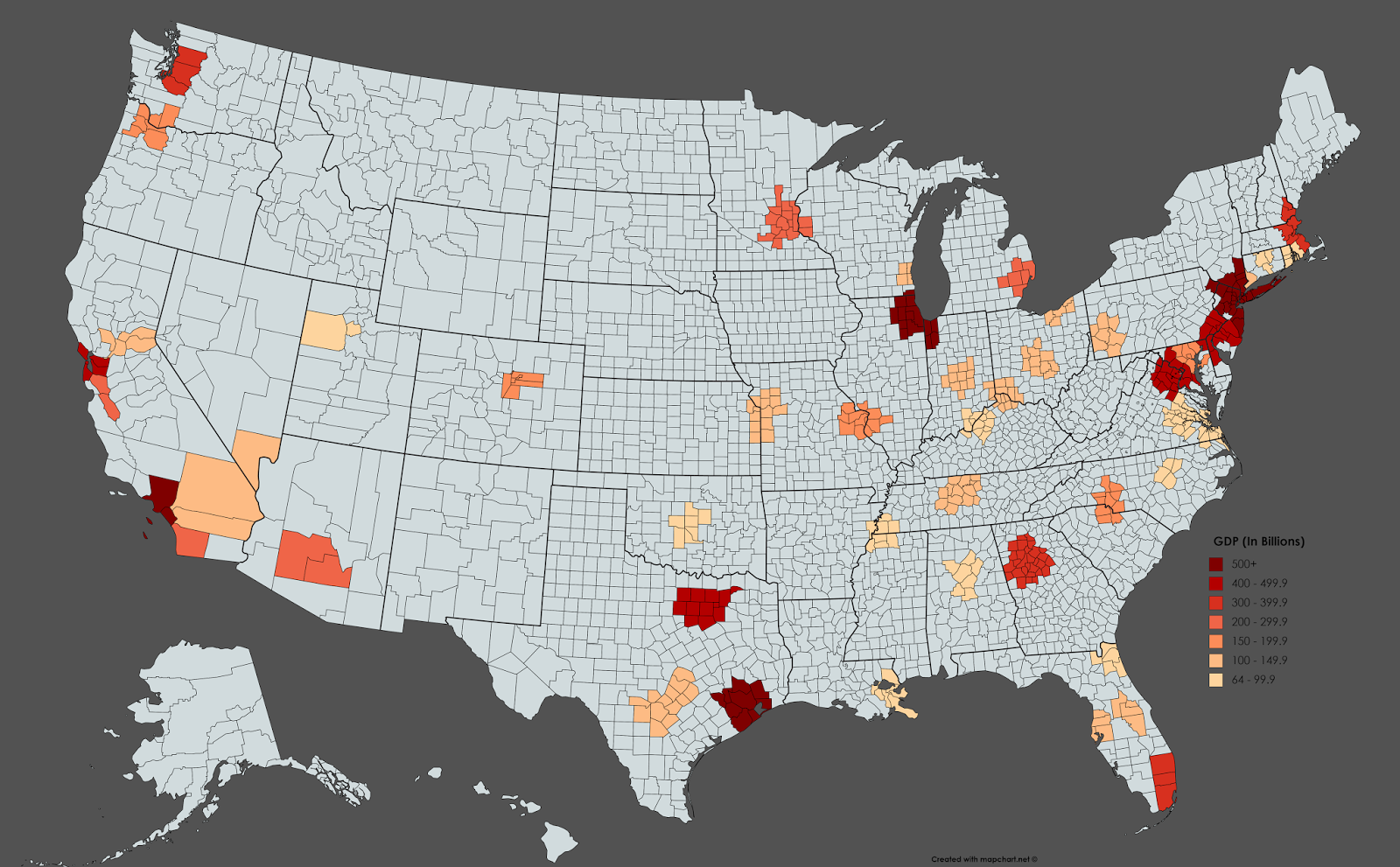

15 Least Expensive Metropolitan Areas in 2018 Metropolitan Area and are smaller than their more expensive counterparts.

Table 2 shows the 15 least expensive metropolitan areas in the United States, which tend to be in the southeastern U.S. Some metropolitan areas are more affordable. Residents of metropolitan areas also tend to have higher average incomes, making it important to compare their incomes in real terms. This is a large driver of the higher prices that residents face in metropolitan areas. Higher population densities tend to drive up real property prices, as residents seek to occupy a limited amount of available land. Metropolitan areas have higher population densities than nonmetropolitan and rural areas. Bureau of Economic Analysis, Regional Price Parities. Washington-Arlington-Alexandria, DC-VA-MD-WV 15 Most Expensive Metropolitan Areas in 2018 Metropolitan Area Put another way, residents of the San Francisco-Oakland-Hayward area had, at least in terms of purchasing power, about a 25 percent lower standard of living than their nominal incomes alone may suggest. The San Francisco Bay Area was the most expensive metropolitan region in 2018, where $100 would buy goods and services that would cost just $75.99 in a metropolitan area at the national average price level. Table 1 shows the 15 most expensive metropolitan areas in the United States, where the real value of $100 is the lowest. The above map is interactive - hover the mouse over a given county to see the relative value of $100 in metropolitan areas.

The Relative Value of $100 What is the Real Value of $100 in Your Metro Area? However, this varies within California: in the Los Angeles area, $100 can purchase about $85.40 worth of goods and services, while rural Californians can purchase $103.20 worth. For example, $100 in California tends to buy $86.66 worth of goods on average. Price levels tend to be lower in nonmetropolitan areas, even in states with higher-than-average prices overall. On the other hand, $100 goes the furthest in rural areas in the Southeast and Midwest. For example, $100 tends to buy the least in large cities in the Northeast, California, and the Pacific Northwest. There are large differences in price level by region. This data compares how much $100 can buy in different regions and metropolitan areas across the country, which can have a significant effect on the relative impact of different economic and tax policies. In May, the Bureau of Economic Analysis (BEA) released its annual data showing the differences in purchasing power across American metropolitan and non-metropolitan areas in 2018.


 0 kommentar(er)
0 kommentar(er)
